Is McCormick Italian Seasoning Worth the Hype? A Savory Spice Breakdown!
If you're a lover of Italian cuisine or just looking for a convenient way to add flavor to your dishes, you’ve probably come across McCormick Italian Seasoning. But is it really as good as everyone says? In this article, we'll break down everything you need to know about this popular spice blend — from what's inside the bottle to how to use it in your cooking.
Table of Contents
- What’s Inside McCormick Italian Seasoning?
- Why Is It So Popular?
- How to Use McCormick Italian Seasoning Like a Pro
- McCormick vs. Other Italian Seasoning Blends: The Ultimate Face-Off
- Buying Guide: What to Look for When Buying Italian Seasoning
- FAQs: All Your Italian Seasoning Questions Answered
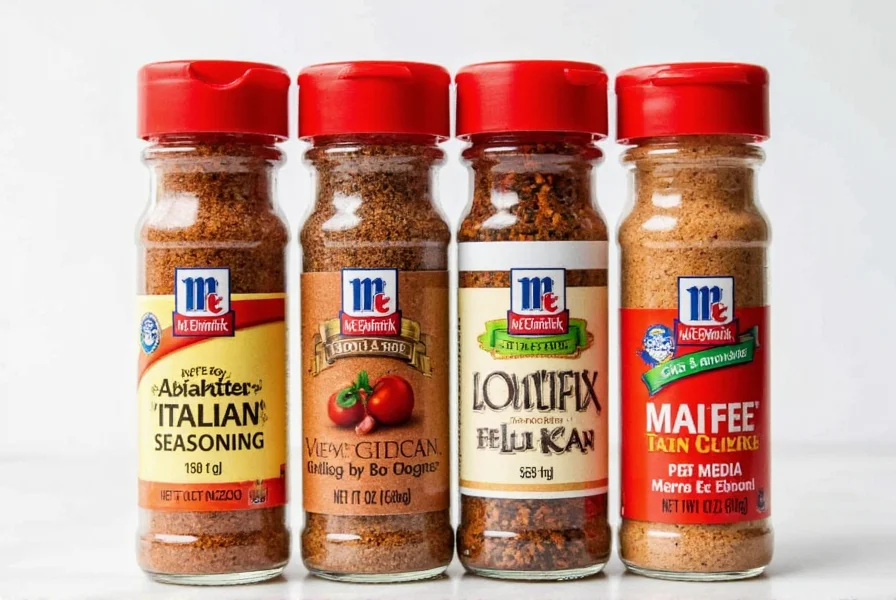
What’s Inside McCormick Italian Seasoning?
Mccormick’s signature Italian seasoning blend is a classic mix of herbs commonly found in Mediterranean and Italian cooking. Here’s a breakdown of what you’ll find inside:
- Oregano: Adds earthy warmth and depth
- Basil: Brings a sweet, slightly peppery note
- Thyme: Offers a subtle minty flavor
- Garlic powder: For that unmistakable savory punch
- Rosemary: Adds pine-like fragrance and boldness
- Marjoram: More delicate than oregano, adds a floral nuance
- Parsley: Provides a fresh finish (though usually dried)
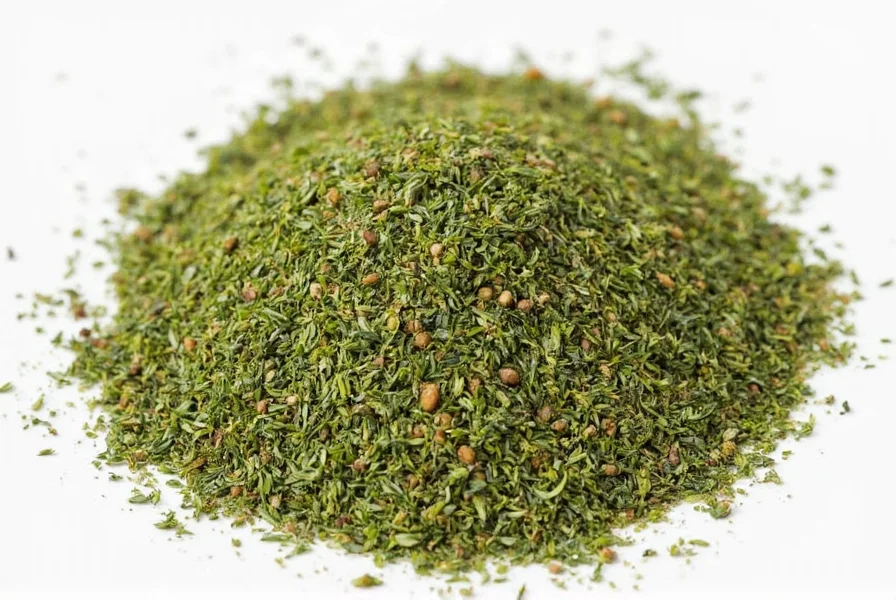
Herb-by-Herb Flavor Analysis
Each herb in the blend plays a role in mimicking the complex flavors of traditional Italian home cooking. While some purists argue that pre-made blends can’t replicate the magic of using fresh herbs, McCormick offers a reliable shortcut for those on a time crunch.
Why Is It So Popular?
Mccormick has been around since the early 20th century, and their Italian Seasoning blend has stood the test of time — and taste buds! Here are some reasons why it remains a staple in many kitchens:
- Convenience: No need to buy and store multiple herbs.
- Consistency: You get the same flavor every time.
- Versatility: Works well in marinades, soups, sauces, roasted veggies, and meats.
- Reliable Brand: People trust McCormick for quality and food safety.
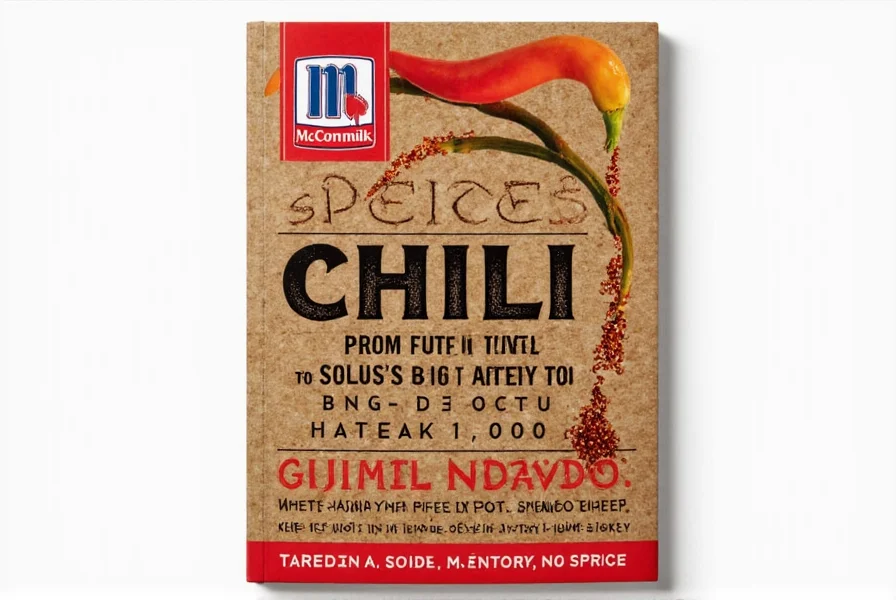
How to Use McCormick Italian Seasoning Like a Pro
Want to elevate your cooking without going overboard? Here are some clever ways to use McCormick Italian Seasoning effectively:
Top 5 Tips for Using McCormick Italian Seasoning
- Enhance Homemade Pizza Dough: Add a teaspoon when mixing the dough for an aromatic crust.
- Spice Up Roasted Vegetables: Toss carrots, zucchini, or bell peppers with olive oil and a generous sprinkle before roasting.
- Kickstart Marinades: Mix with olive oil, lemon juice, and garlic for a quick chicken or steak marinade.
- Boost Tomato Sauces: Stir into pasta sauce for extra depth, especially if using canned tomatoes.
- Add to Stuffing or Dressings: Perfect for holiday stuffings or creamy salad dressings.

McCormick vs. Other Italian Seasoning Blends: The Ultimate Face-Off
We compared McCormick’s blend with several popular alternatives to see how they stack up:
| Brand | Key Ingredients | Flavor Profile | Price Range | Best For |
|---|---|---|---|---|
| McCormick | Oregano, basil, thyme, garlic, rosemary, marjoram, parsley | Earthy, balanced, slightly garlicky | $ - Affordable | Everyday cooking, pantry essential |
| Badia | Oregano, basil, thyme, garlic, onion, marjoram | Slightly sweeter, more herbal | $ - Affordable | Casual meals, tacos, rice dishes |
| Simply Organic | Organic oregano, basil, thyme, garlic, marjoram, rosemary | Clean, fresh, less salty | $$ - Premium organic option | Health-conscious cooks, clean eaters |
| Anthony’s | Oregano, basil, thyme, marjoram, rosemary, garlic | Robust, slightly smoky | $ - Budget-friendly | Cooking in bulk, grilling |
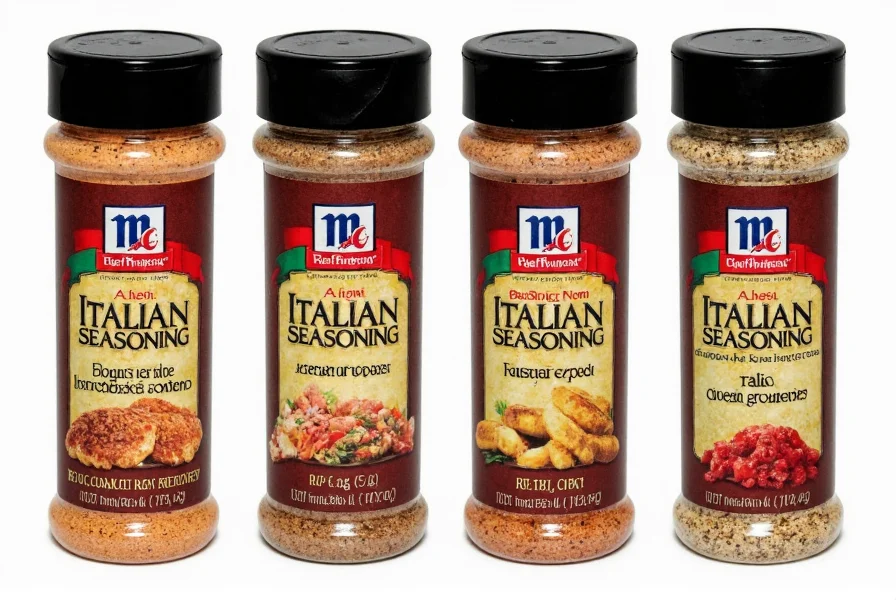
Buying Guide: What to Look for When Buying Italian Seasoning
Whether you’re a seasoned chef or a beginner cook, here’s how to choose the best Italian seasoning for your needs:
1. Check the Ingredient List
Look for blends with minimal fillers like salt or anti-caking agents. If you want control over sodium levels, opt for blends without added salt.
2. Whole vs. Ground
Some brands offer whole herbs that you can crush yourself for maximum aroma. Ground versions are more convenient but may lose potency faster.
3. Organic or Conventional?
Organic options are great for reducing pesticide exposure. However, conventional blends like McCormick are tested for safety and consistency.
4. Salt Content
Be mindful of added salt if you're watching your sodium intake. Many pre-made seasonings pack a punch in this department.
5. Intended Use
Ask yourself how you plan to use the seasoning. Are you baking bread? Grilling meat? Making soup? Different uses might require different flavor balances.
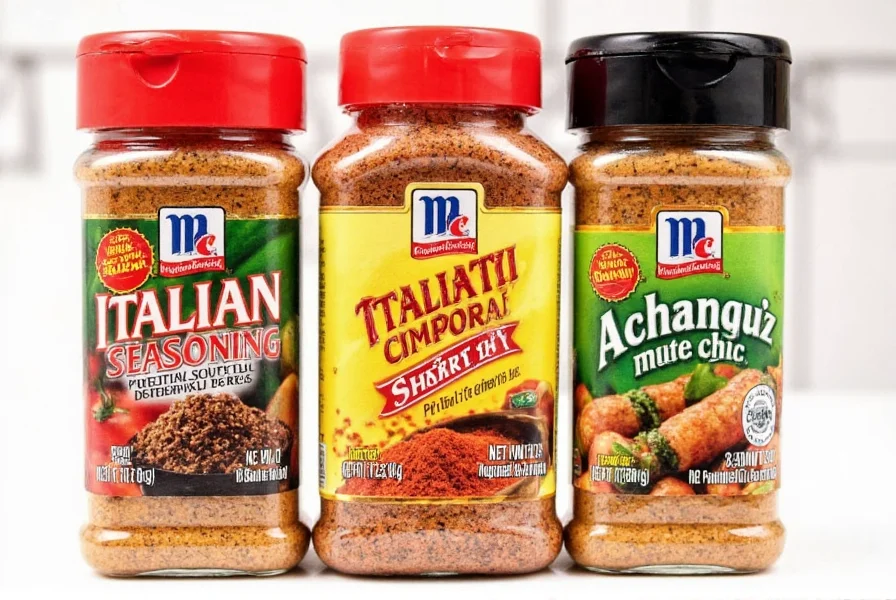
FAQs: All Your Italian Seasoning Questions Answered
Can I substitute McCormick Italian Seasoning with other herbs?
Absolutely! Try combining equal parts dried oregano, basil, thyme, and a touch of garlic powder for a homemade version.
Is McCormick Italian Seasoning gluten-free?
Yes, McCormick confirms that this product is naturally gluten-free and does not contain any gluten-containing additives.
How long does it last?
Properly stored in a cool, dry place, McCormick Italian Seasoning can retain its best flavor for up to 3–4 years.
What are some non-traditional uses for this seasoning?
- Mix into popcorn for a herby snack
- Stir into scrambled eggs for a savory breakfast boost
- Add to hummus or dips for an Italian twist
Conclusion
So, is McCormick Italian Seasoning worth the hype? If you’re looking for a dependable, versatile, and wallet-friendly seasoning blend that delivers solid flavor without fuss, then yes — it definitely is. While it may not replace the complexity of fresh herbs or a custom-blend, it’s a fantastic go-to for everyday cooking.
Whether you’re meal-prepping for the week or hosting a cozy dinner party, McCormick Italian Seasoning is a handy tool in your spice arsenal. And now that you know how to make the most of it — you’re ready to spice up your life!


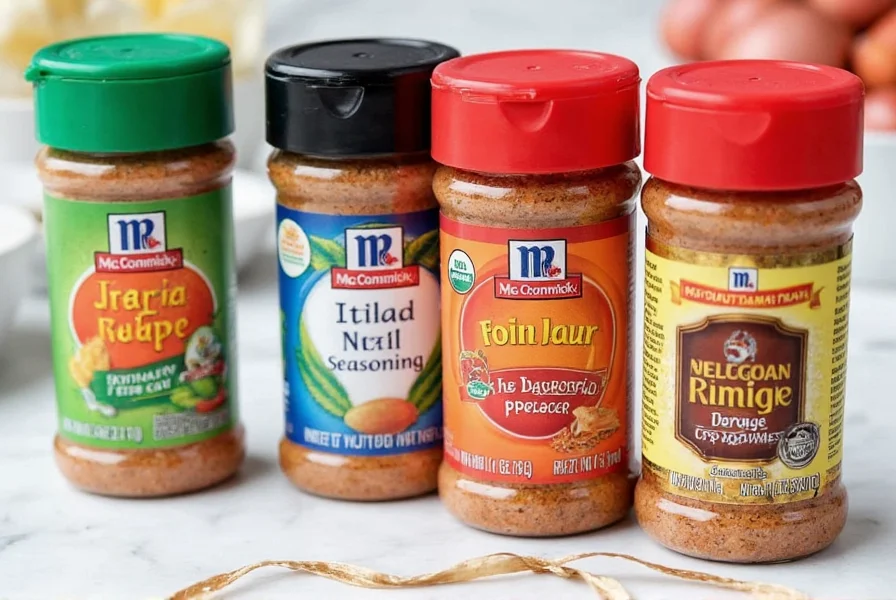









 浙公网安备
33010002000092号
浙公网安备
33010002000092号 浙B2-20120091-4
浙B2-20120091-4